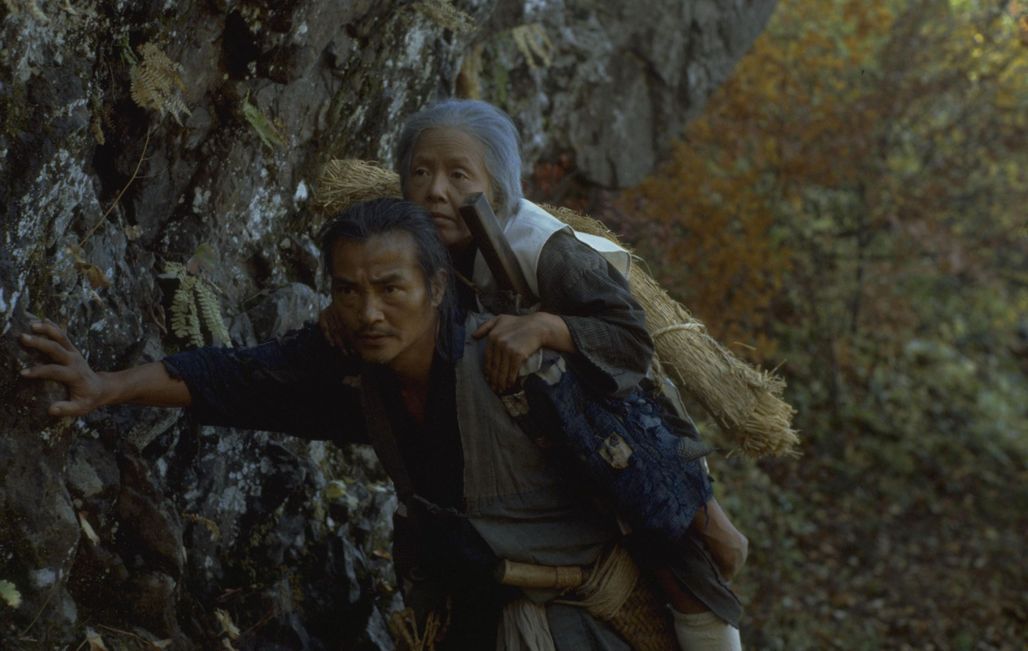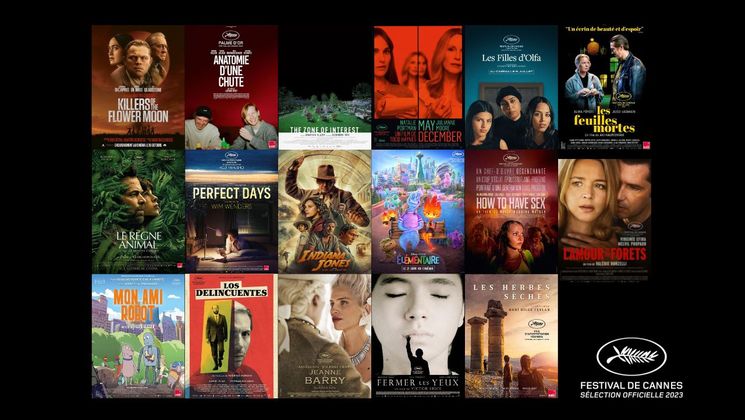
Shôhei Imamura in the land of the living dead

Winner of the 1983 Palme d’or, Narayama Bushikô (The Ballad of Narayama) was a landmark film for the Festival de Cannes. This naturalistic feature film, which conveys the burden of Japanese ancestral traditions, was a career highlight for Shôhei Imamura, the architect of a critically and visually unique form of cinema.
Shinshū Province, 1860s. Perched on the back of her eldest son Tatsuhei, Orin-Yan slowly climbs towards the summit of mount Nara. The old woman has reached her 69th year and, in keeping with the tradition of ubasute, it is here, after being hauled up a path strewn with human bones and snow-capped rocks, that she must end her days. In preparation for her final journey towards death, Orin-Yan has put her affairs in order. No longer will she be a burden on her family.
Considered one of the masters of Japanese New Wave cinema, Shôhei Imamura consistently criticised the inertia of Japanese society through cold and clinical, often satirical, films. In this harsh masterpiece, adapted from Shichirô Fukazawa's famous novels, the director reveals how certain deeply held traditions, in the country's small and remote villages, have forged the way of life – through sacrifice – of the poorest in society.
Shichirô Fukazawa’s work was first adapted for cinema by Keisuke Kinoshita in 1958. When released, Kinoshita slammed Imamura’s adaption, a total contrast to his more theatrical version shot on set with studio lighting. The film was a landmark in Imamura’s career, but he repeated this success by clinching his second Palme d’or in 1997 for Unagi (The Eel).
Presented by Toei (Japan). 4K Scan, image restoration ARRISCAN and sound Golden Eye in 2K from the 35mm original negative, a duplicate and video tapes.


